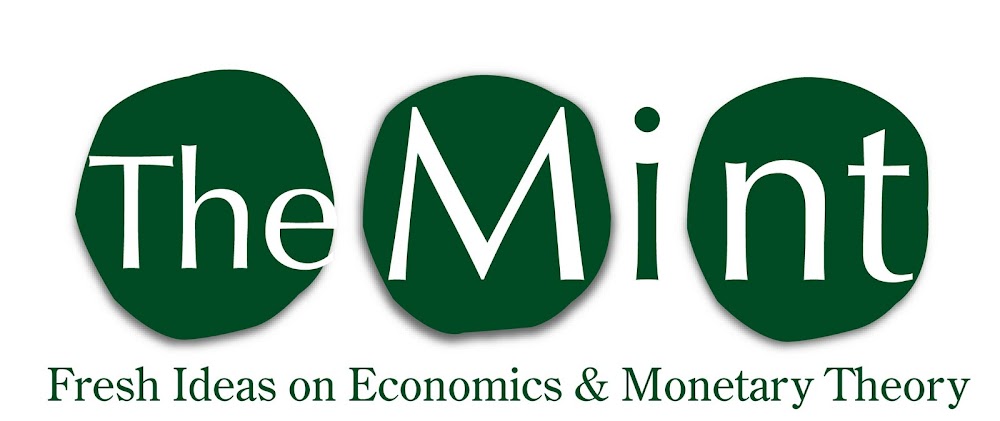It is raining in Portland, as is the custom here this time of year. The rain in some way, shape or fashion starts in November and continues until June. One just gets used to it. It is hard to explain but being wet is simply a way of life during these winter months.
 |
| The FED goes up and DOWN to the Canvas with QE2 survey |
But think about it, how much further from the truth could that be? Look at the world around you, does it make sense that equilibrium has been or could be achieved? Ludwig Von Mises, the great Austrian Economist, when pondering final prices, postulates that what we may call a "final price" is a fiction in the real world. You see, at any point in time a commodity, given all of the supply and demand data available, would be sold at a certain price in order to spend all of the supply and fullfill all of the demand for that commodity. That certain price is the final price, right? Wrong! Von Mises, wise as he is, quickly recognizes that to understand the basis of price formation (supply and demand coming together) is to understand that it is impossible to arrive at a universal final price. Once the price is set and someone makes a sale at that "final" price, it changes! The nerve of those prices! Why does it change, you ask? (and we are glad you asked!) Because the supply of the commodity has changed as well as the demand. Since supply and demand data change, a NEW final price for the commodity comes forth, and so on. This simplified answer doesn't even contemplate other changes in the data such as someone else deciding that they want the commodity who before had no use for it, or changes in production costs which could inhibit supply, the weather, etc.
Can you see now how absurd it is to assume that an economy can be centrally managed? That prices can and should be static? The only place this could happen is a place where life has ceased to exist. Most of us, however, prefer life. As a by product of this preference, we get a beautifully dynamic economy and constantly changing prices. This, fellow adventurer, is the reality in which we live. Do you know that the only cure for high prices is, in what seems a paradox...high and yet higher prices?
I leave you to ponder prices as we divert our attention, to the actions of the Federal Reserve. From Bloomberg:
The Federal Reserve asked bond dealers and investors for projections of central bank asset purchases over the next six months, along with the likely effect on yields, as it seeks to gauge the possible impact of new efforts to spur growth.It appears that, while every eye in the investment world is on the FED, the FED is asking the bond dealers to tell it what to do! And these folks "independently" manage our money supply? As Jesse Ventura used to say as he witnessed a pile driver, Oh My!!!
Hold on to your hats, fellow adventurers!
Stay Fresh!
David Mint
Key Indicators for Friday, October 29, 2010
Copper Price per Lb: $3.77
Oil Price per Barrel: $81.93
10 Yr US Treasury Bond: 2.66%
FED Target Rate : 0.19%
Gold Price per Oz: $1,342
Unemployment Rate: 9.6%
Inflation Rate (CPI): 0.1%
Dow Jones Industrial Average: 11,113
M1 Monetary Base: $1,460,900,000,000
M2 Monetary Base: $7,960,300,000,000




